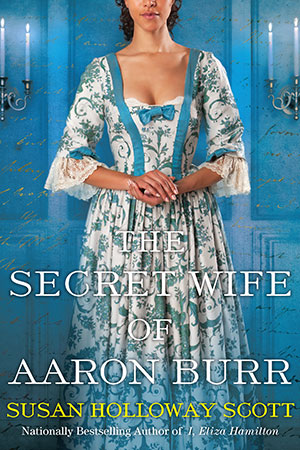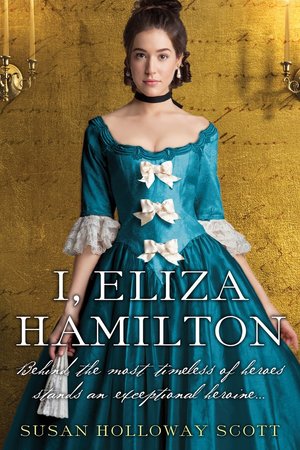 Isabella reports:
Isabella reports:
When I posted the photographs of the ballroom and the supper room in the Governor's Palace, Colonial Williamsburg,
two very important fixtures weren't visible in the pictures. Here they
are now: a pair of coal-burning, cast-iron stoves that were the cutting
edge of keeping warm in the 1770s.
Also
called "warming machines," the stoves were imported from London where
they were effective, fashionable, and exclusive because of their cost.
The stoves were the work of a famous inventor of the time named Abraham
Buzaglo (1716-1788.) A Moroccan who immigrated to England in 1760, Mr.
Buzaglo immediately amazed Londoners with his cast iron warming
machines, which he patented in 1765. As one historian has noted, his
ultimate goal was to try to "reform English prejudices regarding
comfortable warmth."*
 Mr.
Buzaglo's trade card modestly promised that his stoves "surpass in
Utility, Beauty & Goodness any thing hitherto Invented in all
Europe". They "cast an equal & agreeable Heat to any Part of the
Room, and are not attended by any Stench," with "a bright Fire to be
seen at Pleasure." More importantly, the stoves"preserve the Ladies
Complexions and Eye Sight" and "warm equally the whole Body, without
scorching the Face or Legs," plus "other Advantages too tedious to
insert."**
Mr.
Buzaglo's trade card modestly promised that his stoves "surpass in
Utility, Beauty & Goodness any thing hitherto Invented in all
Europe". They "cast an equal & agreeable Heat to any Part of the
Room, and are not attended by any Stench," with "a bright Fire to be
seen at Pleasure." More importantly, the stoves"preserve the Ladies
Complexions and Eye Sight" and "warm equally the whole Body, without
scorching the Face or Legs," plus "other Advantages too tedious to
insert."**
The warming machines
were so popular that they became known by the inventor's name (though
incorrectly, if inevitably, pronounced by the English as "Buzz-aglow"
rather than "Bu-ZAH-glo".) Buzaglos warmed drafty gracious homes as well
as university libraries and the shops of tailors and weavers. The two
in Williamsburg were imported to colonial Virginia by the Royal
Governor, Lord Botetourt
(1718-1770) for the comfort of his guests in the Governor's Palace, and
shortly before his death in 1770 he ordered another to warm the House
of Burgesses.
So do Buzaglo
stoves work? While I don't doubt that the twin Buzaglos in the palace
are in fine working order, I also imagine that modern-day fire and
pollution regulations frown on combining coal-burning stoves with crowds
of tourists. But to a lady shivering in a silk gown two hundred years
ago, I'm sure they were a very welcome upgrade from the sparks, soot,
and limited warmth of an open hearth.
And, of course, there must have been all those "other Advantages too tedious to insert."
 One of us --
One of us -- 



5 comments:
I live in Ely, Cambridgeshire, UK. I visited the local cathedral before Christmas and noticed that they at least four immense buzaglos! just radiating heat, but it wasn't until I read this post that I realised just what they were...!
And of course, there were Americans such as Benjamins Franklin and Rumford who 'invented' other warming devices. One of my frequent complaints about 'preservationists' is that they appear to think that all colonists lived in center entrance five window colonial houses painted white and shivered in front of wood burning fireplaces. Not so! Our ancestors were quick to accept kind practical and affordable improvements, and were adaptable and inventive.
Hadn't heard about these stoves before. I know the Russians had ceramic stoves but some how the idea that everyone on Britain froze in a room heated only by a large fireplace is firmly lodged in our minds.
Have to look up more information about ho the houses were heated/
I'm brand new to your website. My daughter lives in Denmark. This type of stove or something similar to it remains in the old buildings in Copenhagen. They are not used but are remnants of a previous era. Most of the buildings my daughter has lived in are over 100 years old. Two of her addresses have had this stove-type sitting in at least one room. Currently they do not act as heaters but as magazine or paper collectors.
Barbara
The first e-mail I received was about 1888 snowfalls. Very appropos! I was raised in the Bronx, lived in it until 2001 and love New York city!!
I've never heard of Buzaglo (why would I?), but am very much tickled at the idea of a Moroccan inventing any kind of heater - North Africa being known for its icy climate. Having said that, I do recall my dad telling me the desert gets pretty chilly at night. Great post, though - fascinating!
Post a Comment